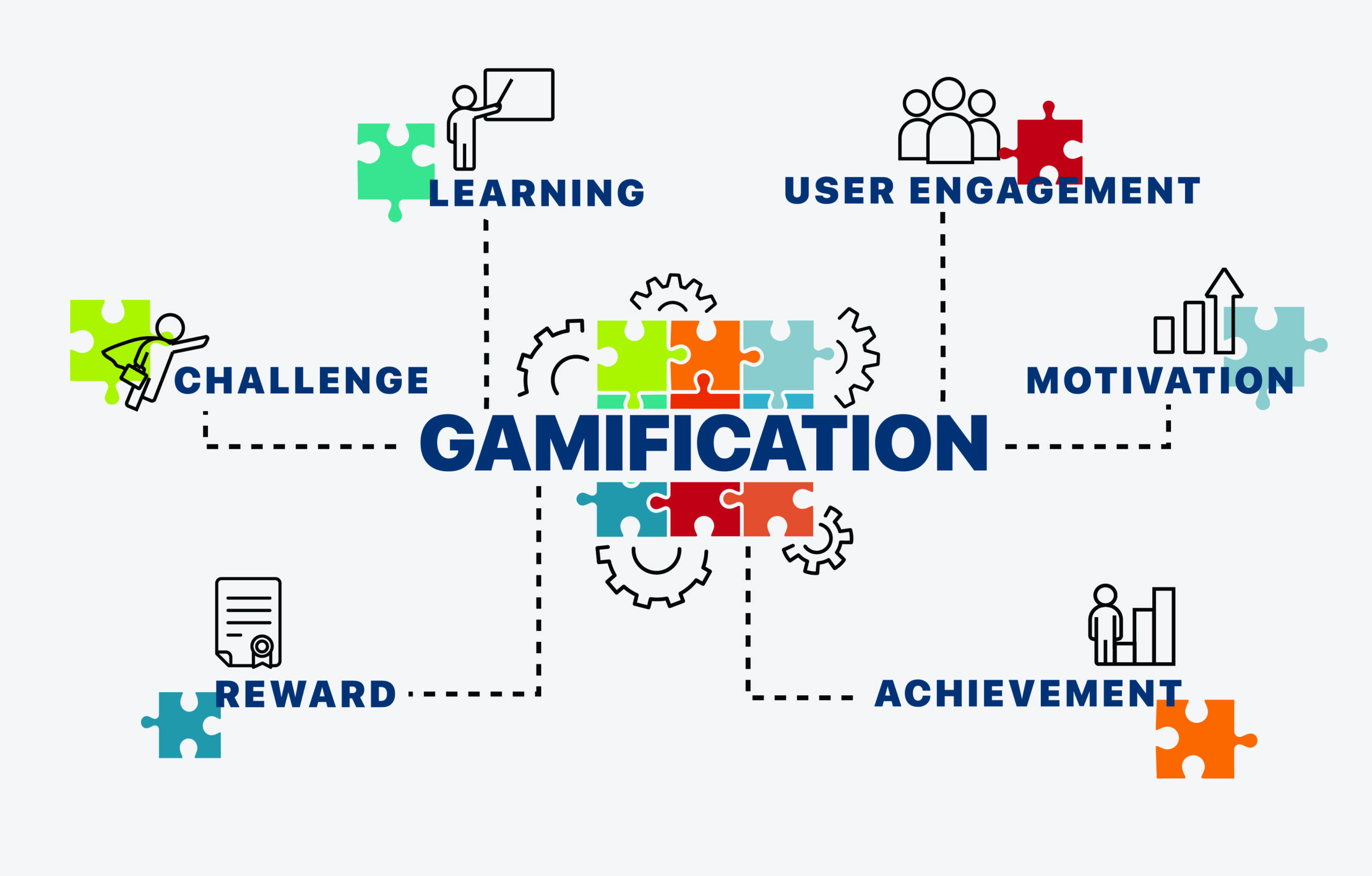
Introduction to Gamified Learning
Imagine stepping into a classroom where learning feels less like a chore and more like an adventure. Picture students engrossed in challenges that spark their creativity, critical thinking, and problem-solving skills—all while having fun. Welcome to the world of gamified learning! This innovative approach combines education with game elements, transforming traditional lessons into interactive experiences.
As technology continues to shape our lives, it’s no surprise that educators are exploring new ways to engage students. Learning through play is not just for kids anymore; it’s becoming an essential component of modern education. With its growing popularity, many are asking: Can playing games actually make you smarter? Let’s dive deeper into the benefits and implications of this exciting trend in education.
The Benefits of Gamification in Education
Gamification transforms the educational landscape by making learning enjoyable and engaging. It introduces game-like elements such as points, levels, and rewards into traditional teaching methods.
Students are more motivated when they can earn achievements through their efforts. This sense of accomplishment boosts confidence and encourages continued participation.
Additionally, gamified learning promotes collaboration among peers. Group challenges foster teamwork and communication skills, essential for real-world success.
The immediate feedback provided in games allows learners to understand their progress quickly. This instant evaluation helps them identify areas that need improvement without fear of failure.
Moreover, gamification caters to various learning styles. Visual learners benefit from graphics; auditory learners thrive on interactive sounds while kinesthetic students enjoy hands-on activities.
Incorporating these elements creates a dynamic classroom environment where curiosity flourishes, leading to deeper understanding and retention of knowledge over time.
Examples of Successful Gamified Learning Programs
One standout example of successful gamified learning is Kahoot!. This platform transforms quizzes into interactive competitions, allowing students to engage with the material actively. The thrill of competing against peers fosters excitement and retention.
Another notable program is Classcraft. It turns classroom management into a role-playing game where students earn points for positive behavior and academic achievements. This not only motivates learners but also builds teamwork skills through collaboration.
Duolingo has revolutionized language learning by incorporating game-like elements. With its bite-sized lessons, users can earn rewards while progressing through levels, making language acquisition feel like an adventure rather than a chore.
Minecraft: Education Edition offers immersive experiences where students can explore complex concepts in subjects like math and science within a virtual world. By creatively applying their knowledge in-game, they deepen their understanding engagingly and interactively.
The Science Behind How Games Improve Learning
Games engage multiple cognitive processes simultaneously. This multi-faceted approach enhances memory retention and problem-solving skills. Players must strategize, adapt, and think critically—all essential components of effective learning.
Research shows that gamified experiences stimulate dopamine release in the brain. This neurotransmitter is linked to pleasure and motivation, making learners more eager to tackle challenges. When students are engaged, they absorb information more readily.
Moreover, games often provide immediate feedback. Instant responses help players identify mistakes and adjust their strategies accordingly. This iterative process mirrors real-world scenarios where quick thinking is crucial.
Collaboration is another key element found in many games. Teamwork fosters communication skills and promotes social interaction among peers—benefits that traditional education sometimes overlooks.
By integrating these scientific principles into educational contexts, educators can harness the power of play to create a dynamic learning environment that appeals to diverse learners.
Criticisms of Gamified Learning and How They Can Be Addressed
Critics often argue that gamified learning can oversimplify complex topics. They believe that turning education into a game may dilute essential content, making it less rigorous.
Another concern is the potential for extrinsic motivation overshadowing intrinsic curiosity. When students focus more on earning points or badges than mastering material, true learning might suffer.
Additionally, not all learners respond positively to game mechanics. Each student has unique preferences and needs, which gamification doesn’t always accommodate.
To address these criticisms, educators must balance fun with depth. Integrating meaningful narratives and challenging tasks within games can enhance understanding while maintaining engagement.
It’s also crucial to promote a culture of curiosity alongside competition. Encouraging exploration beyond rewards helps nurture genuine interest in subjects.
Tailoring gamified experiences to individual learning styles ensures inclusivity and effectiveness across diverse classrooms.
Implementing Gamification in Traditional Education
Integrating gamification into traditional education can transform learning experiences. It starts by incorporating game elements like points, badges, and leaderboards in classrooms.
Teachers can create challenges that encourage collaboration among students. This not only fosters teamwork but also builds a sense of community.
Incorporating storytelling can captivate students’ imagination. When lessons feel like quests, engagement skyrockets.
Moreover, using technology enhances the gamified experience. Educational apps enable real-time feedback and adapt to individual learning paces.
Professional development for educators is crucial too. Training sessions focused on gamified strategies empower teachers to design effective curricula.
It’s important to regularly assess the impact of these methods on student performance and motivation. Adapting based on feedback ensures continuous improvement in teaching practices while maximizing student success through gaming principles.
Conclusion: The Future of Gamified Learning and its Impact on the Education System
The future of gamified learning appears bright and full of potential. As technology continues to evolve, so too will the ways in which we engage students through interactive experiences. Gamification is not just a trend; it’s becoming an integral part of the educational landscape.
Educators are increasingly recognizing that learning through play can lead to deeper understanding and retention. By integrating game mechanics into traditional curricula, schools can create more engaging environments that encourage participation and collaboration among students.
As we move forward, it’s crucial for educators to remain open-minded about incorporating these strategies into their teaching methods. With ongoing research supporting the benefits of gamified learning, embracing this approach could revolutionize how knowledge is imparted across all age groups.
The impact on the education system may be profound: from personalized learning paths that adapt to individual student needs to fostering essential skills like critical thinking and problem-solving in fun ways. The possibilities are endless as we explore new avenues for enhancing education through playful interaction.
Adapting our systems now means preparing learners for tomorrow’s challenges—making them smarter, more engaged citizens ready to tackle complex problems with creativity and resilience.








